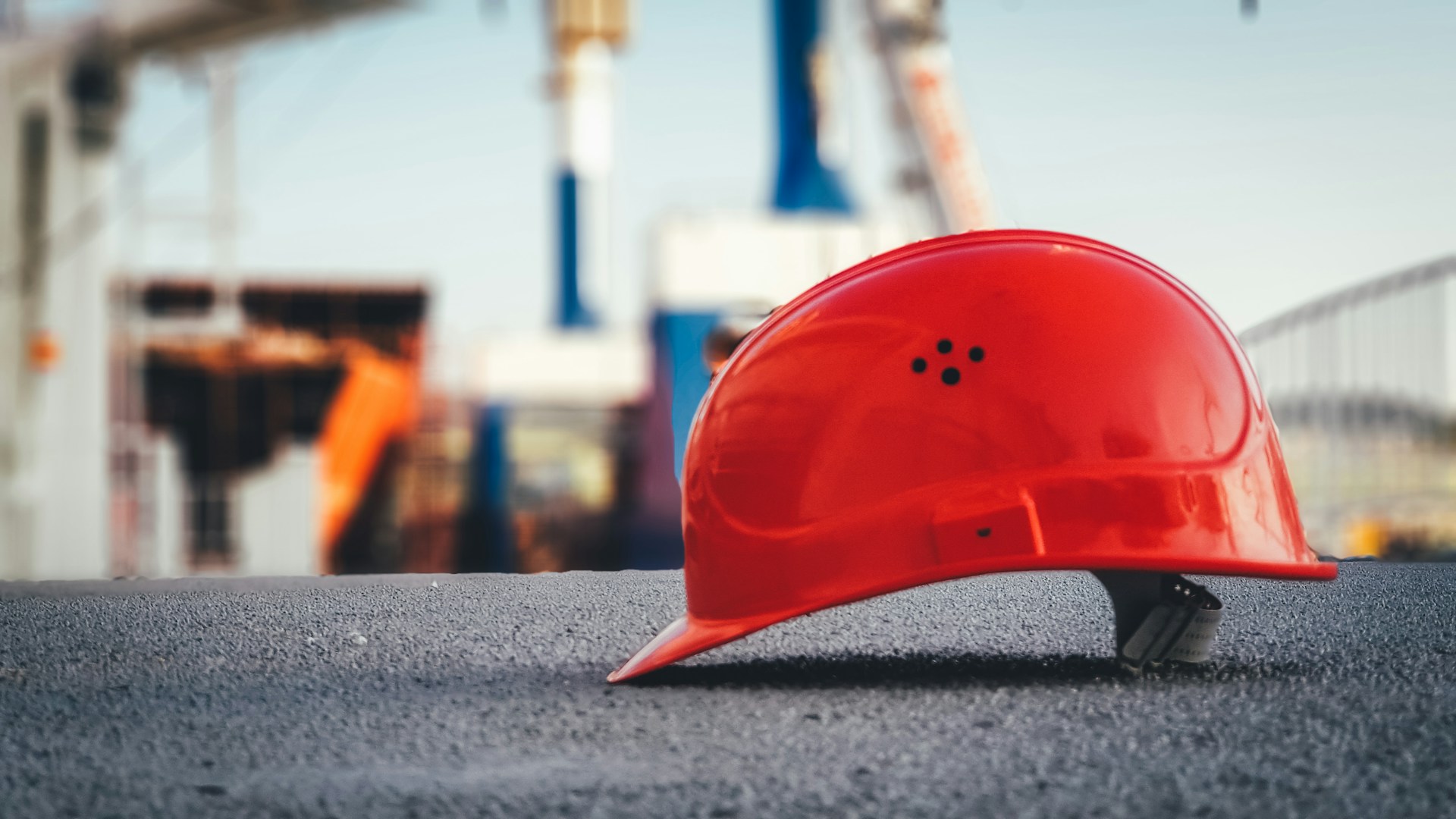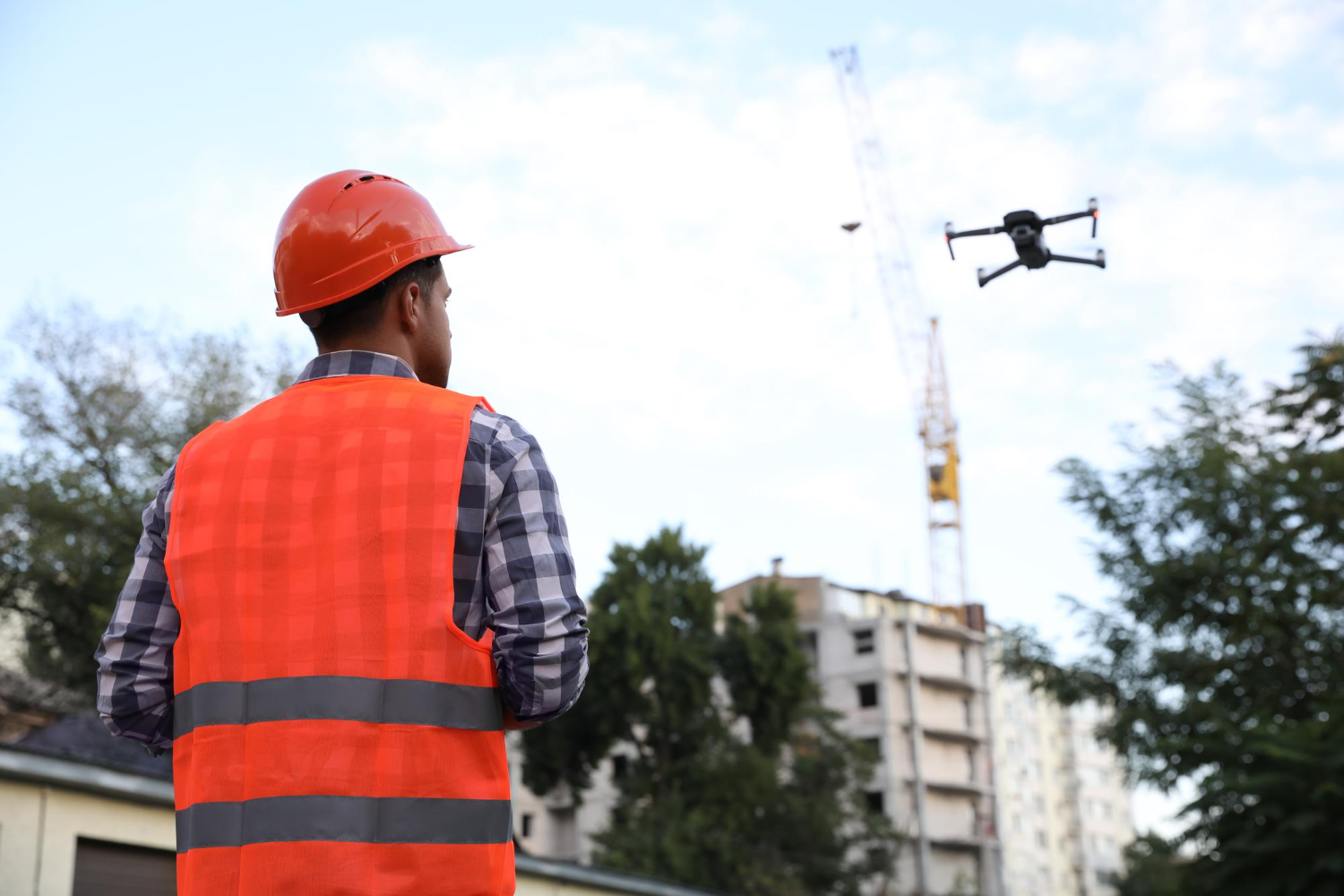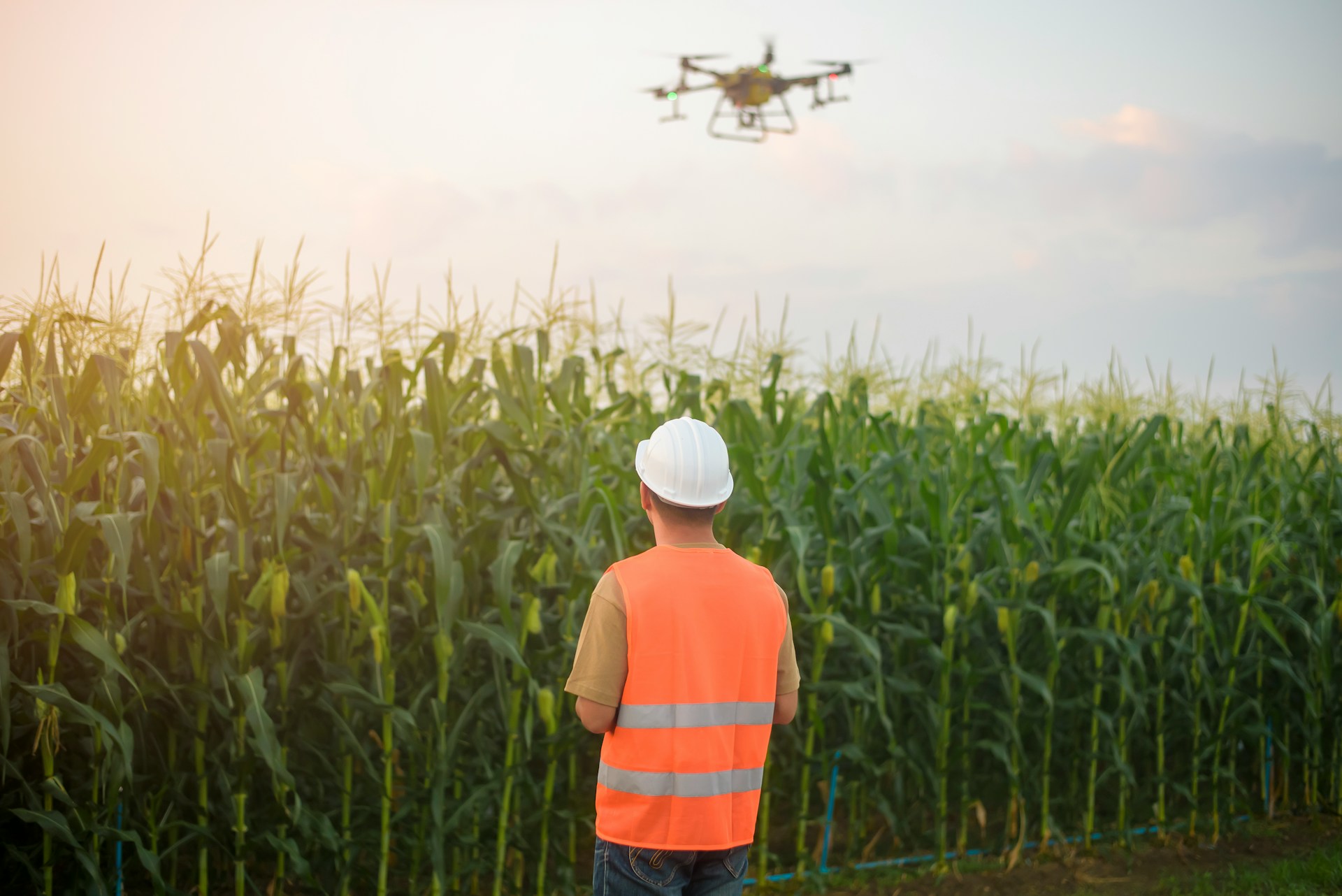Environmental Health and Safety (EHS) managers play a crucial role in keeping workplaces safe and compliant with regulations. Their task is to make sure that companies follow rules designed to protect workers, the environment, and the community. Understanding these regulations and knowing how to apply them is essential for any EHS manager.
The world of EHS includes many rules and standards that can be complex. Regulations come from various entities, making it hard to keep track of everything. Not following these rules can lead to serious problems, such as fines, legal action, and harm to employees. Knowing the key regulations and how to comply with them is important to avoid these issues.
Compliance is not just about knowing the rules; it’s also about making sure they are followed every day. This involves creating checklists, regular audits, and inspections. Technology can be a big help with this. There are tools available that make tracking and documenting compliance easier. Training employees is also a key part of compliance. When workers understand the importance of these rules, they are more likely to follow them.
This guide aims to help EHS managers navigate the complex world of regulatory compliance. By understanding key regulations, following proper steps, leveraging technology, and educating staff, managers can create a safer, more compliant workplace.
Understanding Key EHS Regulations
EHS managers need to be familiar with major Environmental Health and Safety regulations. These rules are designed to protect workers, the environment, and the public from potential hazards. Some key regulations include the Occupational Safety and Health Administration (OSHA) standards, the Environmental Protection Agency (EPA) regulations, and regulations under the Department of Transportation (DOT).
Knowing these regulations is important because they set the baseline for what is considered safe and compliant. Following them helps prevent accidents and environmental damage. They also protect the company from legal issues and fines. Staying updated on any changes in these regulations is crucial because laws can change, and what was compliant last year might not be this year.
Steps to Ensure Compliance
Creating a compliance checklist is the first step to making sure your company follows EHS regulations. A checklist helps to keep track of all the necessary steps and ensures nothing is overlooked. Include items like hazard assessments, training schedules, and maintenance checks. This tool helps standardize the process and makes it easier for everyone to follow.
Regular audits and inspections are also crucial. These help identify any areas where the company might be falling short. Schedule routine checks to catch issues before they become major problems. During an audit, review all safety procedures, check equipment, and ensure all employees are following the rules. Fix any issues that are found right away. Regular audits not only help maintain compliance but also create a safer work environment by catching potential hazards early.
Leveraging Technology for Compliance
Technology can make compliance tasks simpler and more efficient. There are many tools available for tracking and documenting EHS compliance. Software can help keep all records in one place and make them easy to access. Using digital checklists ensures nothing is overlooked and that all tasks are completed on time. Many tools also provide alerts for upcoming deadlines or when an action is needed.
Artificial Intelligence (AI) can further assist in EHS compliance. AI can analyze large amounts of data quickly and provide insights that might be missed by human eyes. It can identify patterns and predict potential risks based on historical data. AI can also streamline audits by automatically flagging non-compliant areas and suggesting corrective actions. Using AI, EHS managers can be more proactive, addressing issues before they escalate into bigger problems.
Training and Educating Employees
Effective training is a cornerstone of EHS compliance. Various methods such as online courses, hands-on workshops, and regular briefings ensure employees understand safety procedures and regulations. Visual aids and interactive training can make learning more engaging and memorable. It is essential to tailor the training to the specific needs of your workplace to ensure relevance and effectiveness.
Continuous education and updates are vital for maintaining compliance. Regulations can change, and new safety procedures may be needed as technologies and practices evolve. Regular refresher courses keep employees informed about the latest safety protocols and remind them of existing ones. Continuous learning helps reinforce the importance of compliance and safety, making it a natural part of the workplace culture.
Conclusion
Regulatory compliance is a critical responsibility for EHS managers. By understanding key regulations, implementing steps to ensure compliance, leveraging technology, and continually training employees, EHS managers can create a safer and more compliant workplace. Each of these elements plays a crucial role in minimizing risks and protecting both employees and the company.
Staying proactive about compliance not only avoids legal issues and fines but also fosters a culture of safety and responsibility. Regularly updating knowledge and practices can prevent accidents and keep workers safe. With the right tools and methods, compliance becomes an ongoing process that integrates smoothly into daily operations.
To further enhance your compliance efforts, consider partnering with Field1st. Our AI-driven safety management software provides real-time insights and helps forecast risks, ensuring your workplace remains safe and compliant. Contact Field1st today to learn more about how we can support your EHS management needs.




